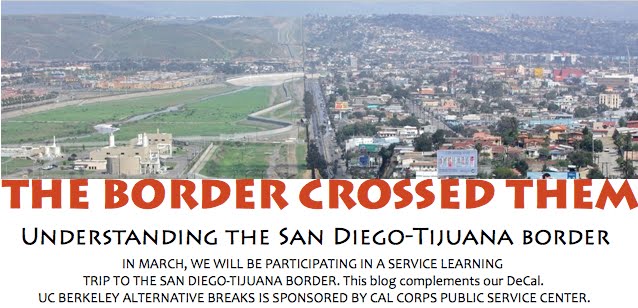
Following up on the discussion on NAFTA, we will be looking at the maquiladora industry more in depth, with a focus on gender roles, health, and environmental degradation. For your reading assignment, there are two articles to read. The first is "Women, Migration, and Household Survival Strategies: Mixtec Women in Tijuana," by Laura Velazco Ortiz, from the book Women and Migration in the U.S.-Mexico Borderlands. This reading is important as it gives insight on the rural populations that migrate to the border, which includes indigenous groups like Mixtecs. In contrast, the film we will be watching in class presents a different group of women working in the maquiladoras. These women come from urban areas around Mexico and are generally more educated and skilled, as the article will mention.
The second reading is an "Environmental Justice Case Study," which provides an introduction to environmental issues around the maquiladora industry. This article mentions the case of our community partners in Tijuana (Metales y Derivados), which also appears in the film.
Please respond with a blog comment to these readings, either one or both, with a paragraph after this post. Are there any questions that you still have after these readings?






